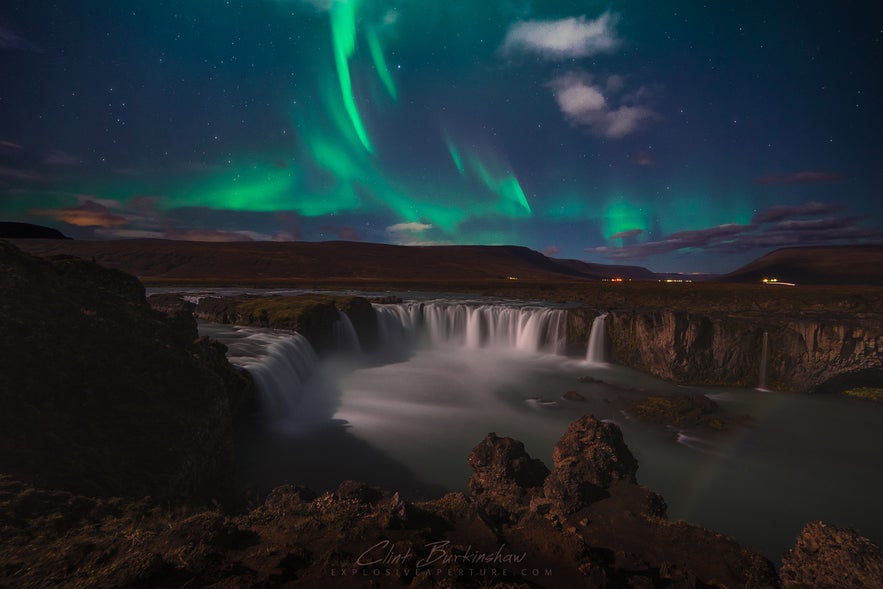Pulse of Information
Stay updated with the latest news and insights.
Snapping the World: How Travel Photography Turns Adventures into Art
Transform your travels into stunning visuals! Discover tips and tricks to master travel photography and turn adventures into breathtaking art.
The Art of Travel Photography: Tips for Capturing Stunning Landscapes
The Art of Travel Photography is all about capturing the beauty of landscapes in a way that transports viewers to the destination. To get started, consider the time of day when you are shooting; the golden hour, shortly after sunrise and before sunset, offers soft lighting that can enhance your images. Additionally, don't be afraid to explore your surroundings. Use different angles and perspectives to find unique compositions. Incorporating leading lines, such as roads or rivers, can also guide the viewer's eye through your photograph.
When it comes to capturing stunning landscapes, remember to pay attention to foreground interest. Adding elements in the foreground can create depth and help to create a more dynamic image. Consider using a tripod to maintain stability, especially in low light conditions, and experiment with long exposures for smooth water or cloud movement. Finally, post-processing is an essential part of the travel photography process—use editing software to enhance colors and correct exposure, but aim to keep the integrity of the scene intact.

How to Tell a Story Through Travel Photography: Essential Techniques
Telling a story through travel photography is not merely about capturing beautiful landscapes or iconic landmarks; it's about weaving a narrative that resonates with viewers. To achieve this, start by focusing on the context of your journey. Consider the emotions and experiences you want to convey and select subjects that reflect those themes. These could range from intimate portraits of local people to candid moments of cultural interactions. For instance, instead of just taking pictures of a bustling market, capture the expressions of vendors or the joy of customers. This adds depth and character to your storytelling.
In addition to choosing your subjects wisely, employing techniques such as composition and lighting can enhance the narrative quality of your photos. Use the Rule of Thirds to create balance and draw attention to focal points, while experimenting with natural light during different times of the day can evoke various moods. Incorporate leading lines to guide the viewer’s eye through the scene, making it feel more immersive. Finally, consider creating a cohesive series of images that together form a comprehensive story, allowing viewers to experience the journey as if they were there themselves.
What Equipment Do You Need for Travel Photography?
When embarking on a travel photography adventure, having the right equipment can significantly enhance your ability to capture stunning images. At the core of your gear should be a DSLR or mirrorless camera, as these offer greater control over settings and superior image quality compared to smartphones. Alongside your camera, don't forget to pack a few versatile lenses. A good travel lens is often a 24-70mm f/2.8, offering flexibility for wide landscapes and intimate portraits alike. Additionally, investing in a sturdy tripod is essential, especially for low-light shots and long exposures that can bring your travel experiences to life.
Beyond your camera and lenses, there are other critical pieces of equipment to consider for effective travel photography. A reliable camera bag that is comfortable to carry can protect your gear during transit. Extra batteries and memory cards are also crucial, as running out of power or storage can be frustrating, especially in the middle of an exciting shoot. Lastly, don't overlook the power of editing software to enhance your photos post-capture, allowing you to showcase the beauty of your travels in the best possible light. By ensuring you have the right tools in your arsenal, you can focus on what truly matters—capturing unforgettable moments.